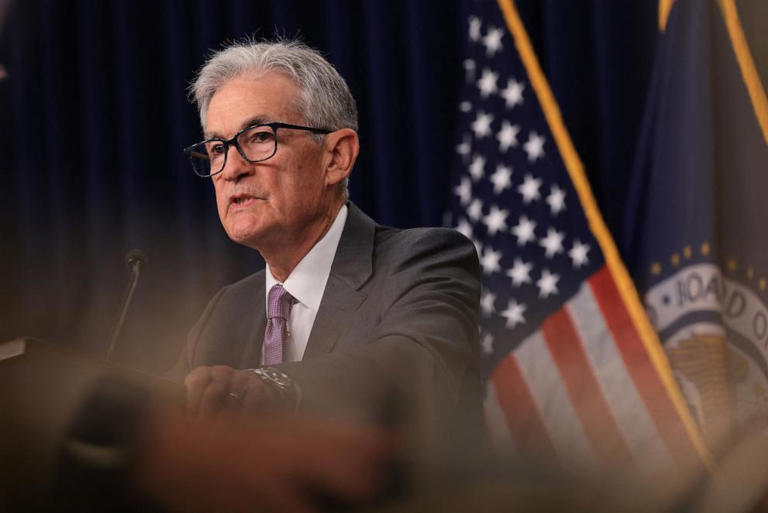Last week, the stock market faced considerable turbulence, a situation that heightened fears of a potential recession and sparked panic among investors. This volatility was initially triggered by a disappointing U.S. jobs report released earlier in the month. The report showed that only 114,000 jobs were created in July, falling significantly short of the 185,000 jobs economists had expected. This shortfall contributed to a rise in the unemployment rate, which reached 4.3%—its highest level since October 2021. Such weak job growth and higher unemployment levels raised concerns about the possibility of an economic slowdown, which in turn intensified speculation about the need for an interest rate cut by the Federal Reserve.
Adding to the market’s woes, Japan’s central bank raised interest rates, leading to a significant selloff in assets globally. This move affected the so-called “carry trade,” a strategy where investors borrow money in a currency with low interest rates (such as the Japanese yen) to invest in assets with higher returns. As Japan’s interest rates increased, investors began unwinding these trades, resulting in a sharp decline in asset prices, including those of U.S. stocks. This selloff was particularly dramatic in Japan, where the Nikkei 225 stock index experienced its worst trading day since 1987, plummeting more than 12%. However, the index quickly recovered, gaining 10% the following day, and continued to rise slightly for the remainder of the week.
Despite the initial market shock, the S&P 500 managed to recover nearly to its previous levels by the end of the week. After suffering its worst trading day since 2022, the index staged one of its best trading sessions of the same year, ending nearly flat with a minor decline of just 0.05%. This rapid recovery can be attributed to a reassessment by traders who determined that the risks of an impending recession and the impact of the Japanese market’s selloff might have been overstated. The drop in stock prices, initially seen as a severe warning signal, transformed into a buying opportunity for investors looking to purchase shares at discounted prices.
Callie Cox, chief market strategist at Ritholtz Wealth Management, explained that such episodes of panic often lead to an overreaction, where subsequent positive news is seen as a major relief. This pattern of behavior is common in financial markets. Historically, the stock market has shown resilience in the face of downturns. For example, between 1980 and 2023, the S&P 500 delivered positive returns in 82% of the years, despite experiencing declines of at least 10% in nearly half of those years. This historical perspective suggests that while downturns can be significant, they do not necessarily lead to poor overall performance for the year.
Before last week’s volatility, the stock market had enjoyed a strong performance in 2024, with the S&P 500 increasing more than 14% year-to-date. However, concerns about stock overvaluation, driven by exuberance over developments in artificial intelligence and hopes for a smooth economic transition, left the market vulnerable to sharp reactions to negative news. When stock prices are perceived as inflated, even minor negative developments can trigger significant selling.
The subsequent rebound in stock prices highlighted that many traders viewed the market dip as an opportunity rather than a sign of prolonged distress. Jay Ritter, a professor of finance at the University of Florida, noted that the rapid recovery suggested an acknowledgment that the strong stock performance in 2024 was largely supported by one of the market’s fundamental metrics: corporate profits. The impressive earnings growth in the U.S., relative to other global markets, has been a significant driver behind recent stock gains, reinforcing the idea that robust corporate profitability has underpinned the market’s positive performance.
